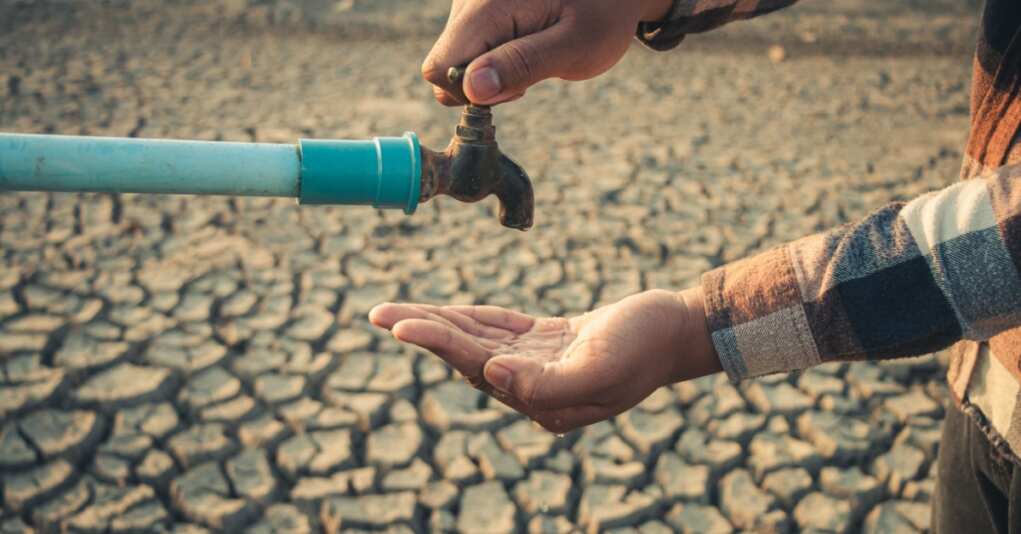New Device Promises a Fresh Water Future for Arid Nations—Is This the Solution We’ve Been Waiting For?

A revolutionary new device developed by engineers could soon make clean, drinkable water available in even the most arid regions. This high-yield atmospheric water capture technology promises to draw moisture directly from the air, effectively providing a renewable water source where traditional methods fail. As the world grapples with increasing droughts and water scarcity, this invention could be a game-changer for millions living in desert climates, from Arizona to the Middle East.
The device works by using a combination of advanced materials and solar-powered technology. Unlike traditional desalination plants, which are costly and require large bodies of water, this system only needs ambient air and sunlight. Engineers have demonstrated that it can produce several liters of water per day, enough to support individual households or small communities. This means nations dependent on unpredictable weather patterns or expensive water imports might finally have a self-sustaining alternative.
Climate experts have long warned that water scarcity will be one of the biggest challenges of the 21st century. Major rivers, once perennial, are drying up, and lakes around the world are shrinking at an alarming rate. While governments and private enterprises have sought to tackle the issue with various innovations, few have shown the scalability and simplicity of this new tech. “This is a breakthrough that can redefine how we think about water access,” said Dr. Mark Andrews, a lead engineer on the project.
The implications are global. Consider nations like Namibia, where some villages go weeks without reliable water. Or California, where extended droughts are turning once lush valleys into arid wastelands. The ability to capture water from the air—without the need for complex infrastructure—could revolutionize agriculture, support industry, and, most importantly, save lives. The device is particularly useful in regions that receive minimal rainfall but experience high humidity levels, where it can still extract water even in seemingly dry conditions.
Critics, however, are cautious. They argue that while the device is promising, its mass adoption could face obstacles ranging from initial cost to maintenance in harsher environments. Others note that despite the technology’s novelty, governments must invest in infrastructure that can sustain communities over the long term, not just rely on quick fixes. But for advocates, this is precisely the kind of out-of-the-box thinking that will allow humanity to adapt to the challenges of climate change.
With prototypes already being tested, the developers hope to scale production and make the device affordable for widespread use. Whether in drought-stricken California, villages in sub-Saharan Africa, or communities in the Middle East, the prospect of an endless, clean water supply may no longer be a distant dream.
